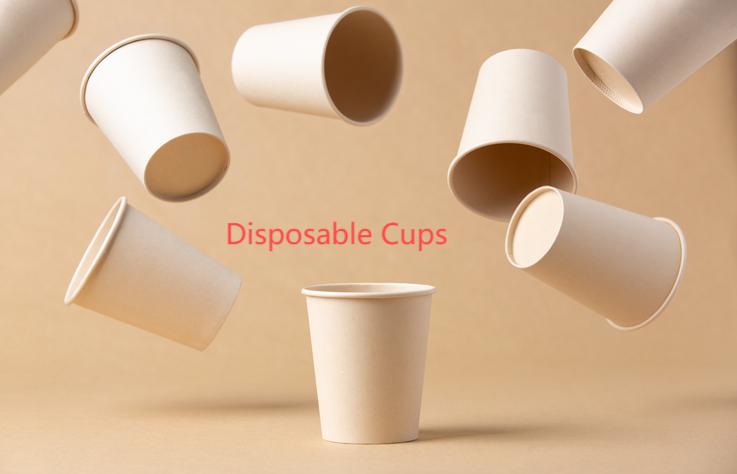Choosing Between PETG and PVC Film for Modern Packaging

Choosing the right packaging material can significantly impact product protection, shelf appeal, and sustainability. Among the many options available, PETG Film and PVC Film stand out for their clarity, printability, and versatility. But which one is better suited to meet the demands of today’s packaging industry? This article compares these two materials across key performance factors to help businesses make informed choices.
Clarity and Visual Appeal
Both films offer excellent transparency, but PETG Film typically provides a higher degree of optical clarity, making it ideal for packaging that requires a premium, glass-like finish. This makes it especially appealing for cosmetics, electronics, and luxury goods packaging, where first impressions count. PVC Film, while still clear and glossy, may show slight discoloration over time, especially when exposed to heat or UV light.
When it comes to color reproduction and print quality, both materials accept a variety of inks and finishes. However, PETG's chemical structure often allows for more durable and vibrant prints without the need for additional surface treatments.
Durability and Formability
Durability is critical in packaging, particularly for products that undergo transportation or shelf handling. PVC Film is known for its flexibility and ease of sealing, making it a long-time favorite for shrink sleeves, blister packs, and wrap-around labels. It performs well under mechanical stress and is cost-effective in high-volume runs.
On the other hand, PETG Film offers greater impact resistance and better environmental stress-crack resistance. It's also easier to thermoform, which is beneficial in creating custom-molded packaging like clamshells or contoured bottles. Moreover, PETG does not emit harmful fumes during processing, a concern sometimes associated with PVC in high-temperature applications.
Environmental and Safety Considerations
Sustainability has become a central consideration in material selection. In this aspect, PETG Film generally has the advantage. It is BPA-free, recyclable in standard PET recycling streams, and considered more environmentally friendly than PVC. PETG's non-toxic combustion properties also make it safer during both manufacturing and disposal.
PVC, despite being widely used, has come under scrutiny for containing plasticizers and additives that may pose health or environmental risks. It is more difficult to recycle and can generate hazardous substances if not handled properly during incineration.
Cost and Availability
PVC Film remains more widely available and less expensive than PETG, which makes it a go-to material for budget-conscious projects. Its mature manufacturing infrastructure ensures stable supply and consistent quality. PETG Film, although slightly costlier, provides added benefits in clarity, safety, and eco-compatibility, justifying its use in premium packaging segments.
Final Considerations
Ultimately, the choice between PETG Film and PVC Film depends on your packaging priorities. If your goal is to achieve high-end visual appeal, increased product safety, and better sustainability, PETG Film is often the more future-forward solution. However, for applications where cost-efficiency and flexibility are the primary concerns, PVC Film continues to offer significant value.
Explore more about modern packaging materials and how they shape consumer experiences at shanghaimsd.com .


